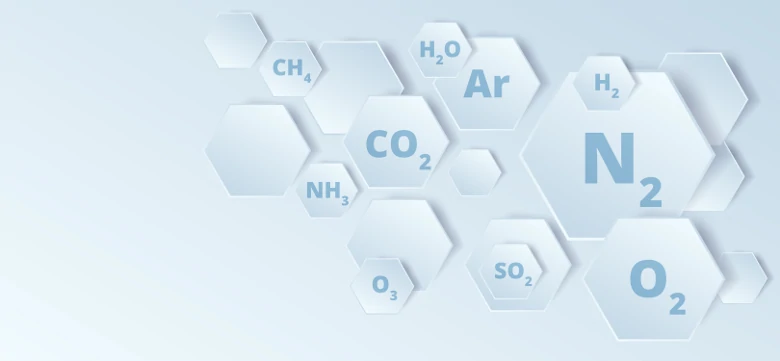What makes a shooting star glow?

Have you ever seen a shooting star glide across the sky and wished upon it? For centuries, these mysterious lights have been inspiring awe in observers. But what exactly is a shooting star and why does it glow with such vibrant colours?
Shooting stars are not actually stars; they are meteoroids – small rocks or metallic fragments from space. As these meteoroids enter Earth's atmosphere, they create the mesmerizing streaks of light we call shooting stars. But what exactly are they composed of?
What are Shooting Stars made out of?
Shooting stars are primarily made up of three key components:
-
Metallic Minerals: These meteoroids often contain various metallic minerals like iron and nickel. These metals can give shooting stars their distinct glow as they burn up upon entry into the atmosphere.
-
Silicate Minerals: Silicate minerals, such as olivine and pyroxene, are also present in shooting stars. These compounds contribute to the bright trails seen as the meteoroid disintegrates.
-
Icy Compositions: In some cases, shooting stars can contain icy components. These ices vaporise when exposed to the heat of re-entry, creating a visible trail of vapour.
The Chemistry of Meteor Glow
The Chemistry behind meteor glows is incredibly complex and fascinating. When meteoroids enter the Earth's atmosphere, they heat up due to friction between them and air molecules, which causes them to glow. This process is called 'ionisation'.
The impact causes the atoms to lose or gain electrons, resulting in ions. These ions are highly charged and release energy as they move through the atmosphere.
The energy released by the ions causes the air molecules to emit light, which is what we see as the glowing trail behind a meteor. The colour of the light that we see emitted from the meteor depends on the type of ion and the amount of energy released. For example, ions of oxygen and nitrogen emit green and red light, respectively, while ions of sodium emit an orange-yellow glow.
Meteor colours and their meanings
The colours of meteors can provide insights into their composition and origins.
Here are some of the common colours and what they represent:
🟠 Orange-Yellow: A yellow meteor is usually made of sodium. These meteors are also known as "sodium fireballs."
🟡 Yellow: The presence of iron gives the meteor a bright yellow glow.
🟢 Green or teal: Green or meteors with a teal hue are typically made of magnesium and signify that the meteor originated from a comet.
🔴 Red or orange: When the amount of nitrogen or oxygen is high, it results in meteors of these colours.
🟣 Purple or violet: When the meteor has a high amount of calcium, it results in a purple or violet glow.
The role of speed and size of a Meteor
The speed and size of a meteor also play a role in determining its colours. Usually, a meteor's speed ranges from 25,000 to 160,000 mph, depending on its size. A faster meteor will heat up and ionise more air molecules, leading to a brighter and more colourful glow. Similarly, a larger meteor will produce more ions and therefore a more vibrant glow.
We hope this article has provided you with a better understanding of the science behind meteors and how colours can provide insights into the composition and origins of each shooting star.
So, whether you are an amateur astronomer or simply someone who enjoys gazing up at the night sky on a clear night, we encourage you to keep your eyes open for those special moments when meteor streaks across it – it could be an unforgettable experience.


 SG
SG  VN
VN 

















